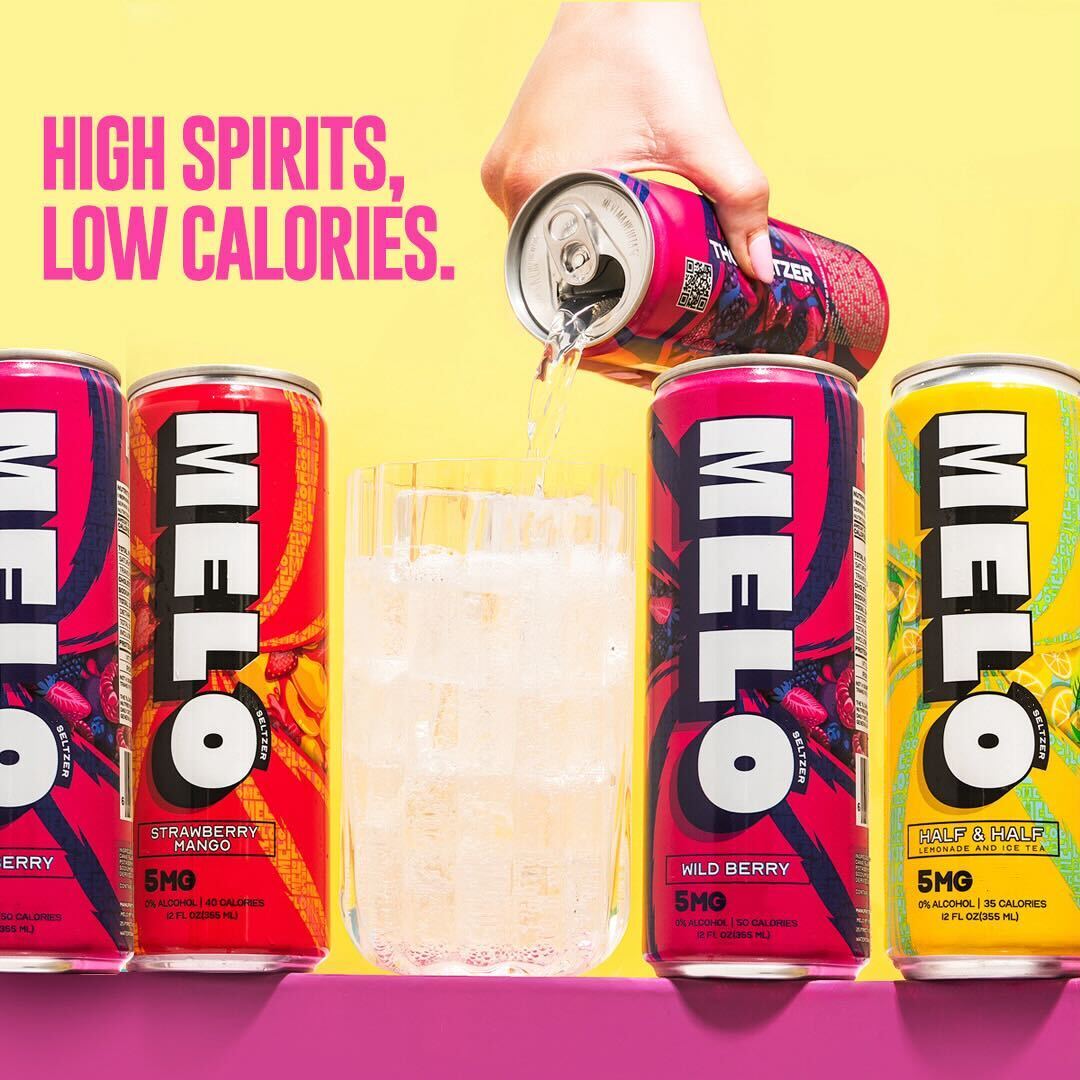Effects and Experience
Cannabis drinks and alcohol offer distinct experiences, each influencing users in unique ways. While both substances can induce relaxation and altered perceptions, their effects on the body and mind differ significantly. Understanding these differences is crucial for making informed choices about consumption and navigating the complex landscape of recreational substances.
Intoxication Levels
Alcohol primarily affects the central nervous system, depressing brain activity and leading to feelings of sedation, reduced coordination, and impaired judgment. The intoxicating effects of alcohol are dose-dependent, meaning that higher levels of consumption lead to more pronounced intoxication. Short-term effects can include slurred speech, dizziness, nausea, and blackouts. Long-term, excessive alcohol use can damage the liver, heart, brain, and increase the risk of various cancers.

Cannabis, on the other hand, acts on the endocannabinoid system, a complex network of receptors throughout the body responsible for regulating mood, appetite, pain perception, and other functions. The effects of cannabis vary widely depending on the strain, consumption method, individual tolerance, and environmental factors. Common effects include euphoria, relaxation, heightened senses, increased creativity, and altered time perception. Some individuals may experience anxiety, paranoia, or impaired memory.
Duration of Effects
The duration of effects also differs between cannabis drinks and alcohol. Alcohol’s effects typically peak within 30 to 90 minutes after consumption and can last for several hours, depending on the amount consumed and individual metabolism. Cannabis, however, has a more variable onset time, ranging from 15 minutes to two hours or more, with effects lasting anywhere from two to six hours. The longer duration of cannabis’s effects is due to its metabolites being stored in fat tissue and gradually released into the bloodstream.
Mental vs Physical Effects
Mental effects are a key differentiator between alcohol and cannabis. Alcohol tends to induce feelings of sedation, disinhibition, and impaired judgment, often leading to risky behavior and poor decision-making. Cannabis, conversely, can produce a range of mental effects, from euphoria and relaxation to heightened creativity and introspection. However, some individuals may experience anxiety, paranoia, or even hallucinations with cannabis use, particularly at higher doses.
Physical effects also diverge between these substances. Alcohol primarily impacts the central nervous system, causing slowed reflexes, impaired coordination, and nausea. Long-term alcohol abuse can lead to severe organ damage, including liver cirrhosis, heart disease, and neurological disorders. Cannabis, while not typically associated with the same level of physical harm as alcohol, can cause temporary effects like dry mouth, increased heart rate, and red eyes. Some individuals may experience dizziness or lightheadedness.
Health Considerations
Choosing between cannabis drinks and alcohol involves considering their distinct effects on both the body and mind. While both substances offer potential for relaxation and altered states of consciousness, understanding their unique mechanisms and potential risks is crucial for making informed decisions about consumption.
Potential Benefits
Cannabis drinks and alcohol offer different profiles when it comes to health considerations and potential benefits. Alcohol’s primary effect is on the central nervous system, leading to sedation and impaired coordination. While short-term use might seem harmless, chronic alcohol abuse can severely damage organs like the liver and heart, increasing risks for various cancers and neurological disorders.
Cannabis, on the other hand, interacts with the endocannabinoid system, influencing mood, appetite, and pain perception. It offers potential benefits like pain management and reducing anxiety in some individuals. However, mental health concerns like paranoia or anxiety can arise, especially at higher doses. While not as physically damaging as alcohol, cannabis can cause temporary side effects like dry mouth and increased heart rate.
Potential Risks

Both cannabis drinks and alcohol have potential health implications that require careful consideration.
- Alcohol’s primary risk lies in its direct impact on the central nervous system, leading to sedation, coordination issues, and impaired judgment. Chronic alcohol abuse can cause significant organ damage, including liver cirrhosis, heart disease, and an increased risk of various cancers.
- Cannabis, while generally considered less harmful than alcohol, can still have adverse effects. While it may offer benefits like pain relief and anxiety reduction for some individuals, others might experience mental health issues such as paranoia or anxiety, especially at higher doses.
Legality and Availability
The legality and availability of cannabis drinks and alcohol vary significantly depending on location.
Alcohol is legal for adults in most countries, with regulations governing its production, distribution, and consumption. Cannabis, on the other hand, has varying legal statuses worldwide. Some countries have fully legalized recreational cannabis, while others have decriminalized it or permit medical use. Many nations still maintain strict prohibition laws against cannabis.
Within countries where cannabis is legal, access to cannabis drinks may be subject to additional regulations.
Social Implications
The rise in popularity of cannabis drinks has sparked a debate about their relative merits compared to traditional alcoholic beverages. Both substances offer altered states of consciousness and potential relaxation, but understanding their distinct mechanisms and societal impacts is crucial for navigating informed choices.
Stigma and Acceptance
The social implications of cannabis use versus alcohol consumption are complex and multifaceted. Both substances have been historically embedded in different social norms and cultural contexts, shaping perceptions of acceptability and associated stigma.
Alcohol has long held a prominent place in many societies, often associated with social gatherings, celebrations, and even religious rituals. This widespread acceptance has contributed to a relative lack of stigma surrounding moderate alcohol consumption. However, excessive alcohol use is widely recognized as a societal problem, linked to health issues, crime, and family dysfunction. As a result, public attitudes towards heavy drinking have become increasingly negative.

Cannabis, on the other hand, has faced a more persistent stigma due to its association with counterculture movements and perceptions of it as a “gateway drug” leading to harder substances. This stigma has resulted in legal restrictions and discriminatory practices against cannabis users, often leading to social isolation and marginalization.
However, the growing acceptance of cannabis, particularly for medical purposes, is gradually changing societal attitudes. Increasing legalization and decriminalization efforts are contributing to a broader conversation about harm reduction and responsible use.
The evolving landscape of cannabis legality and shifting social perceptions present both opportunities and challenges. It’s crucial to continue promoting open dialogue, education, and evidence-based policies that address the complex social implications of both alcohol and cannabis use.
Driving and Public Safety
Both cannabis drinks and alcohol can have significant social impacts, influencing individual behavior and societal norms. Alcohol has been deeply ingrained in many cultures for centuries, often associated with social gatherings and celebrations. However, excessive alcohol consumption is a major public health concern, linked to violence, accidents, and various health problems. This duality creates a complex social dilemma, where moderate drinking is accepted while heavy drinking is widely condemned.
Cannabis, on the other hand, has historically faced more stigma due to its association with counterculture movements and concerns about its potential for abuse. However, increasing legalization and changing societal attitudes are challenging these perceptions. As cannabis becomes more mainstream, it’s crucial to address potential social consequences, such as impaired driving and workplace safety.
Public safety is a critical concern when considering the impact of both alcohol and cannabis on society. Alcohol-impaired driving is a leading cause of traffic accidents and fatalities worldwide. The intoxicating effects of alcohol impair judgment, coordination, and reaction time, making it extremely dangerous to operate a vehicle under its influence.
Cannabis use can also lead to impaired driving, although the effects are generally less pronounced than those of alcohol. However, cannabis can still affect reaction time, perception, and decision-making, increasing the risk of accidents. It’s important to note that individual responses to cannabis vary widely, and some users may be more susceptible to impairment than others.
Both substances pose risks to public safety when consumed irresponsibly. Stricter enforcement of drunk driving laws, increased public awareness campaigns, and the development of effective countermeasures, such as ignition interlock devices, are essential for mitigating these risks. Similarly, ongoing research is needed to better understand the effects of cannabis on driving and develop appropriate regulations to ensure public safety.
Cost and Convenience
When weighing the choice between cannabis drinks and alcohol, cost and convenience play a significant role.
Price Comparison
Alcohol generally tends to be more affordable than cannabis products, especially in places where legal restrictions are less stringent. However, prices for both substances can fluctuate widely based on factors like location, brand, and potency.
Convenience is another factor to consider. Alcohol is readily available in most stores and licensed establishments, making it easy to obtain. Cannabis, however, may have more limited access depending on local regulations and dispensary availability.
Online ordering and delivery options are becoming increasingly common for both alcohol and cannabis, offering greater convenience for consumers.
Ease of Access and Consumption
Cost and convenience are key considerations when choosing between cannabis drinks and alcohol. Alcohol is typically more affordable, especially in regions with relaxed regulations. Its wide availability in stores and licensed establishments also contributes to its convenience. Cannabis, however, may be pricier and have limited access depending on local laws and dispensary presence.
The ease of access and consumption also varies between these substances. Alcohol is readily available for purchase and consumption in numerous settings. Cannabis, while increasingly accessible in legal markets, may still face restrictions on where it can be consumed.
Conclusion
Choosing between cannabis drinks and alcohol ultimately depends on individual preferences, circumstances, and legal considerations. Both substances offer unique experiences and potential benefits but also carry inherent risks. Understanding the distinct effects, social implications, and legal landscapes of both cannabis and alcohol is crucial for making informed decisions about consumption. As societal attitudes towards cannabis continue to evolve and legalization efforts progress, it’s essential to foster open dialogue, education, and responsible use practices to ensure the well-being of individuals and communities.
Try the best THC beverages now
- Who Shouldn’t Get Tear Trough Filler? - November 19, 2025
- What Is Sexual Liberation And How It Influences The Modern Dating Scene - November 18, 2025
- Weed Infused Drinks That Belong At Your Next BBQ - November 15, 2025
